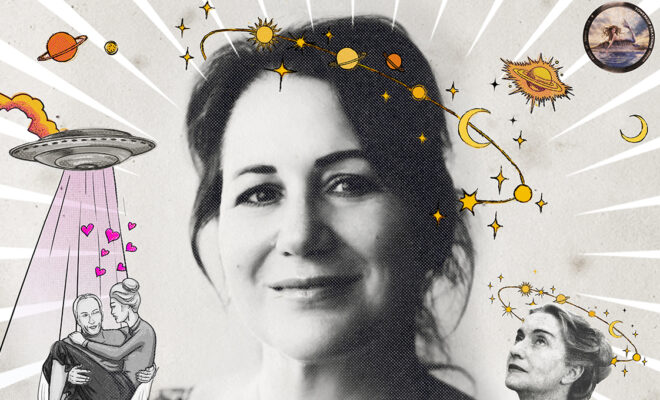
Uga Carlini
Hello Uga, it is so nice to meet you! Let’s talk about your filmmaking career.
1. What was it like growing up in South Africa?
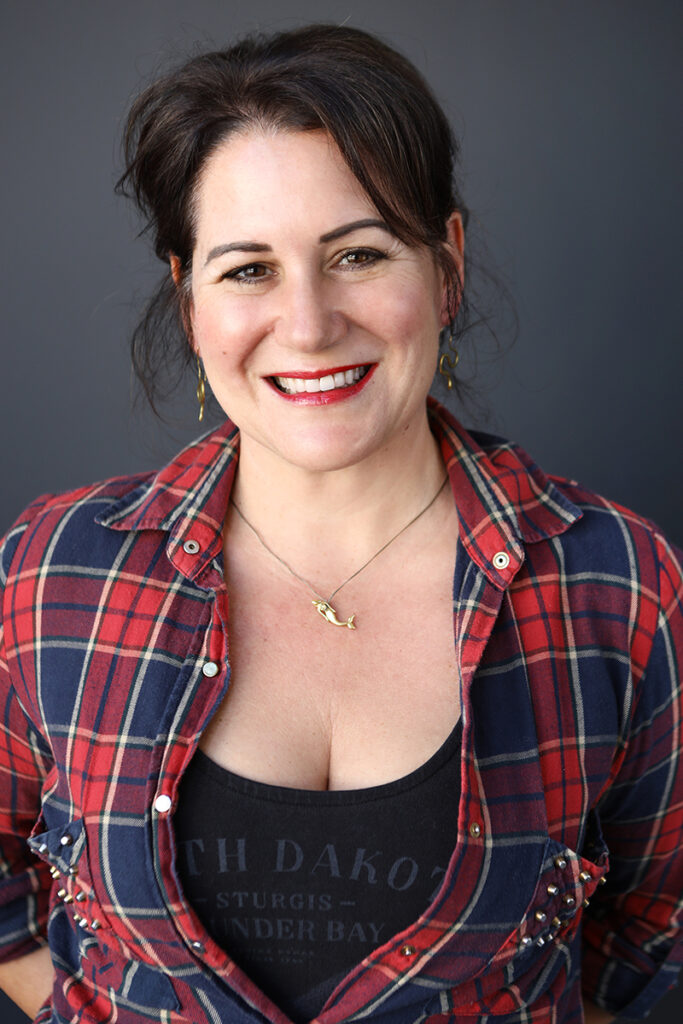
My father was Italian and my mother is South African. I grew up with a lot of Italy as well as South African but South Africa is my motherland. She gave me my childhood, and my education. South Africa is my biggest inspiration.
Primary school afternoons and weekends were spent either playing in the street (mostly A-Team or Skateboard inspired) or at the park where the biggest fights would be over who was to be the bad guys. We spent days reenacting ‘Buck Rogers’. The aim was to be the ones to abduct, as the ‘spaceship’ was the best part of the park. During this time, it was very much Apartheid South Africa but I grew up in a household where politics were not discussed and people, no matter who they were or where they were from, were not bad mouthed or ostracized. It was more about opera, art and cooking using our garden herbs. The herbs inspired our Italian cuisine.
I had no idea what was going on outside the Lala Land of my neighborhood. I was only allowed an hour of TV every day – 30 minutes in the morning and then a little after school. We played. And when we didn’t play, we schooled or slept. High school was all about connections, hanging out with friends and watching movies back-to-back through the holidays. My mother was a single parent – my dad went back to Italy when I was ten – so during the holidays I had to look after my younger sister while my mom worked. BUT we had a DVD contract, which meant that every morning my sister and I would walk down to the DVD shop, where we could each choose a movie, and watch it all day long.
2. Describe your first film, “Good Planets Are Hard to Find”.
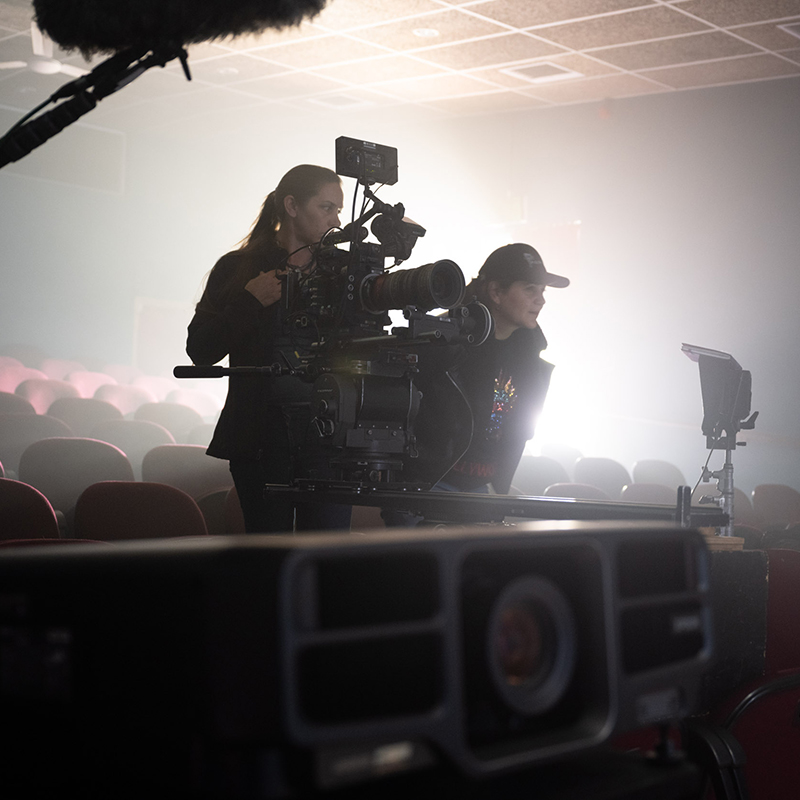
It was the prequel to ‘Beyond the Light Barrier’. We would cut shorts form Good Planets and used them over the 13 years of production to try and raise financing. We won a Puma Catalyst Award as well as Ethereum in the world’s first ever Ethereum Film Fund. That enabled us to digitized the only in-depth interview ever shot with the film’s protagonist Elizabeth Klarer. In the end this enabled her to tell her own story despite having passed away. It was my debut short film as a filmmaker. My editor at the time, Emma Watkin, was nine months pregnant. I’ll never forget it! I had no funding to pay her, but she had a thing for cupcakes – her pregnancy craving. Cupcakes helped to edit that short.
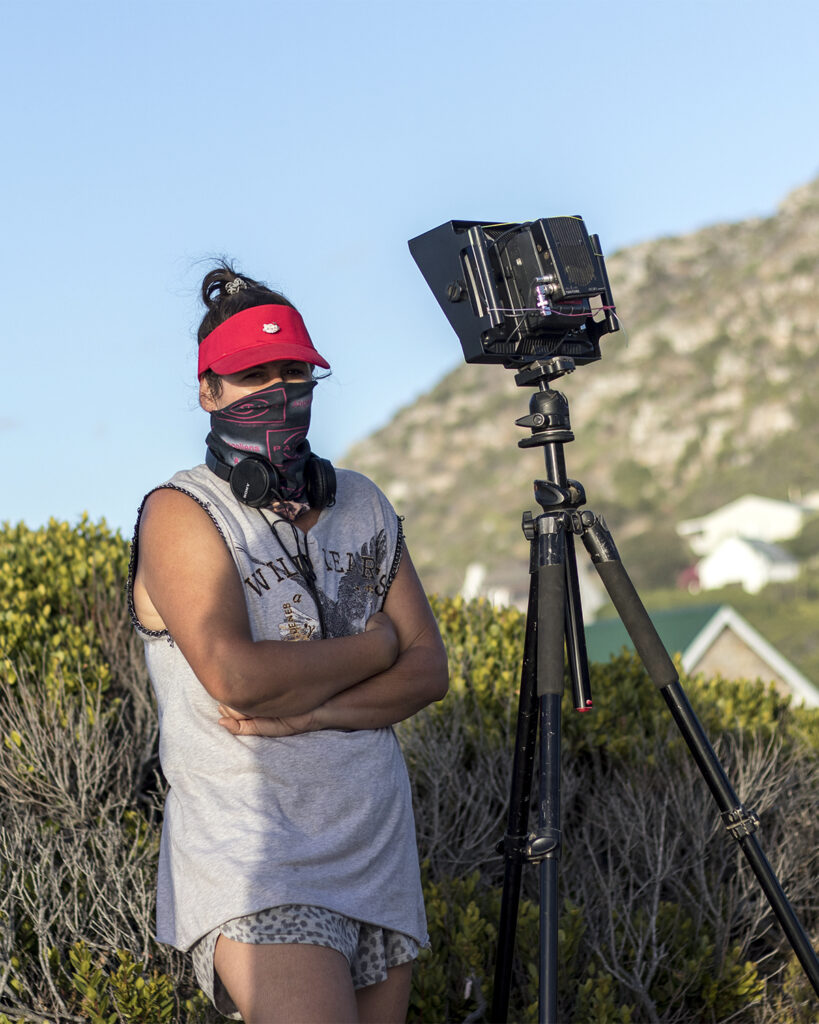
3. How did you become interested in alien abductions and extra-terrestrial relationships?
That is not the reason I made ‘Beyond the Light Barrier’. My production company, Towerkop Creations specializes in female driven heroine stories. I have been doing so since 2010. I am interested in flawed females who do interesting things. They have often risen out of the ashes to rewrite their history or have left footprints behind for us to try on for size. Elizabeth Klarer for me is no different. The story has been with me since the age of eight. She was this unfinished female heroine with sprinkles of anti-heroine for me to attend to. ☺
4. You revisited the subject of aliens with your most recent film, “Beyond the Light Barrier”. Can you talk briefly about the plot?
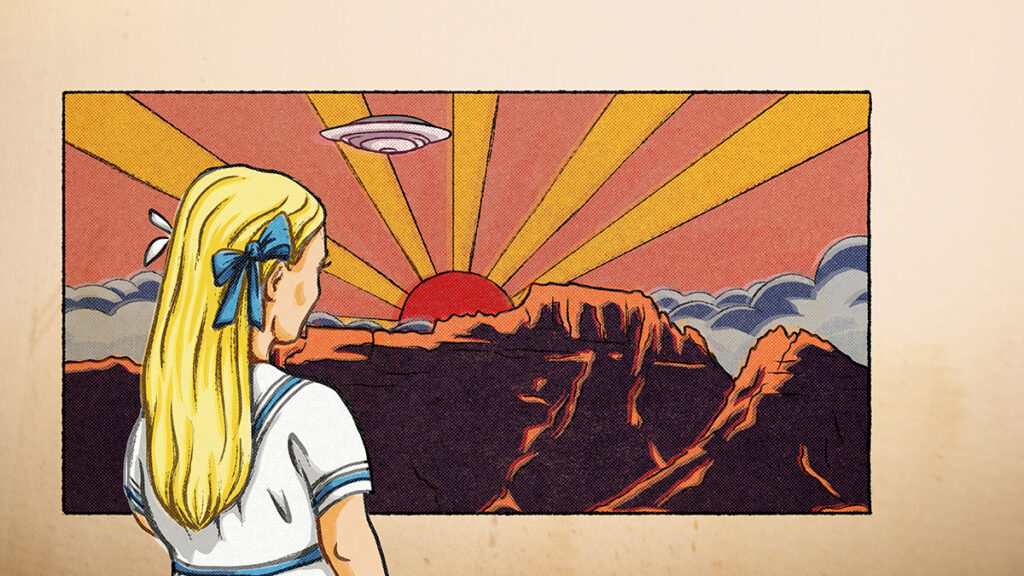
The film is narrated by John Kani and explores the extraordinary life of Elizabeth Klarer, a South African meteorologist who devoted herself to proving the existence of Akon, her extraterrestrial lover from the planet Meton in the Proxima Centauri solar system. The film features archival footage, recent interviews with Klarer’s family and friends, as well as skeptics and Ufologists. It offers an in-depth look at her enigmatic life. Klarer claims to have lived with Akon’s family on Meton for four months and given birth to their son after a journey on his spaceship. The film delves into Klarer’s experiences on the alien planet and includes insights from Credo Mutwa, a renowned South African mystic. Through personal accounts and expert analysis, Beyond the Light Barrier provides an immersive exploration of Klarer’s remarkable legacy.
5. Why did you decide to make the film Alison?
In 1999, the same year someone gave me her book, I heard Alison speak at my old high school. So many people turned up that they had to move her talk from the hall to the rugby fields so they could accommodate everyone. I could barely see her, but her words profoundly touched me and everyone around me. I watched how every single person on that field listened. Not a word, not even a scuffle and I thought to myself, ‘THIS I need to share with the world’. How this woman, because of who she is, and how she holds us with her integrity and honesty, can command a rugby field full of people – no different to a rockstar. The only thing she has is her voice and what comes from her heart. Now that’s something!

6. How did you find an actress to portray such a sensitive role? Did you cast her personally?
I sat in on all the castings for the role from the word go. We saw some incredible actresses but when Christia Visser walked through the door, before she even started, I knew we had found our Alison. And when she did her audition, I knew I wasn’t wrong.
7. The filming style is unique, with a story book format. Why did you choose to film the movie this way and can you tell us about the creative process putting together a film with this style?
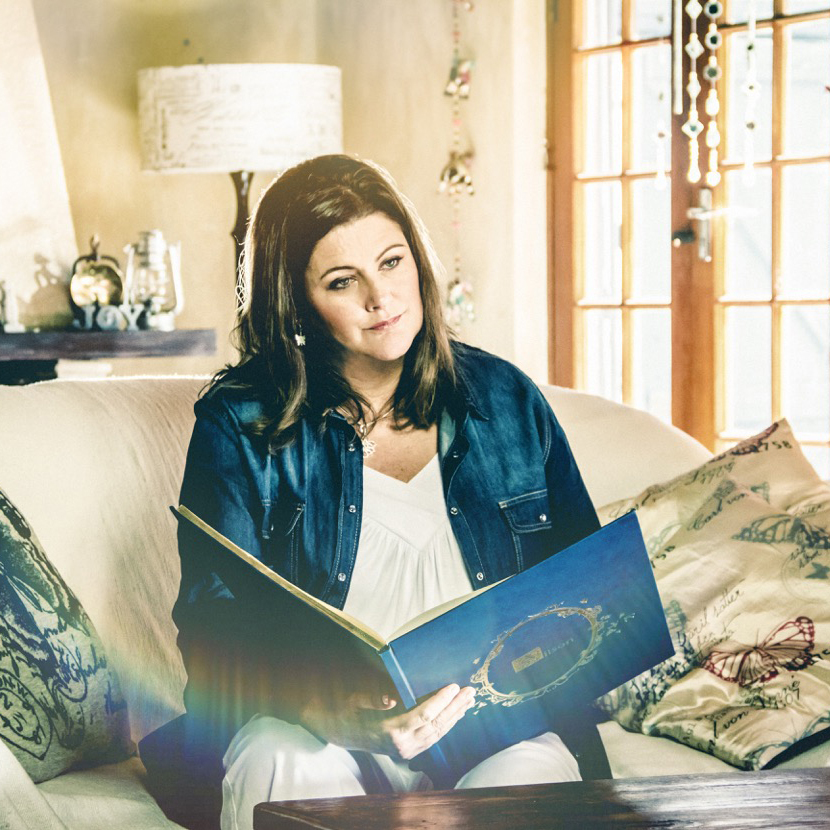
Stylistically I gravitate towards magical realism. And in the stories that I like to tell, that’s always present. In Alison’s story, I was in with bucket loads with the horror. Original fairytales, before Disney sanitized them for us, were grim and dark. So was Alison’s attack. But the magic, just like a fairy tale, lies in her indomitable Human Spirit – the 11 medical miracles alone, which she should not have survived; the people who helped her, all at just the right place at the right time. Like she says herself at the end: ‘Coping with this thing that happened to me in a way has given a dream to that little girl who didn’t have one. Coping with the trauma – some days better than others – and being a mom. That is my wealth. Even though it’s not the traditional fairytale happy ending, because this is my tale, my way. And this is not the end.’
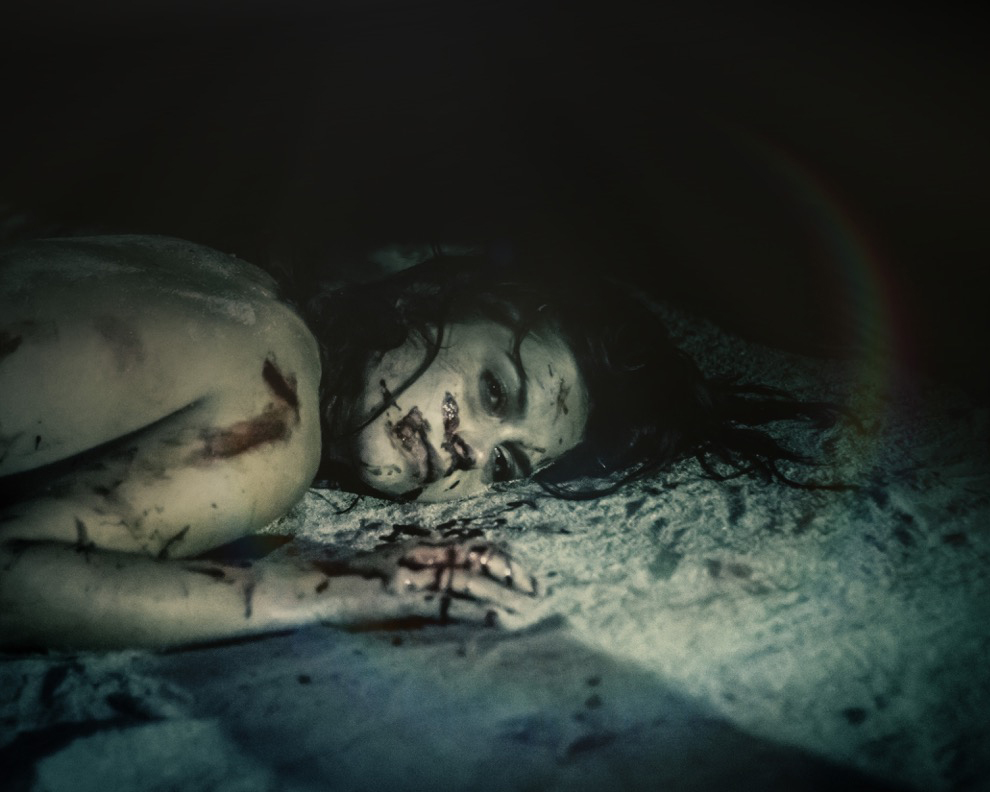
8. It was interesting to see the actual individuals involved in the incident participate in the film – the judge and arresting officers for example. Was it difficult for them to recount the events? Was it difficult to convince them to play a part in the film?
Their lives were all profoundly changed and affected after their, call it, ‘Alison experience’ – each in their own unique, and individual way. Some of them, like the Judge, hadn’t seen her since the incident. No one knew that Alison would be there to surprise them in person after their interview was shot. It was such a rewarding and beautiful moment to witness their reactions to her after all those years. And I think it was no different than that night or the days that followed when they met her. Knowing that someone so kind and genuinely lovey could survive something so horrible and turn it around to help others and make that contribution their life’s mission changes something within you. So because of that, because of her, it wasn’t difficult for them. They went through something together that profoundly changed the way they look at life. They were witness and testimony to one hell of a miracle, which was her survival and more so, processing of these events.

9. What was the response to the film?
The film continues to keep on giving, which is what Alison and myself always wanted. Many survivors of trauma carry their burden alone and we wanted to give them, and anyone else who needed it, 90 minutes where they felt understood and maybe even inspired to keep going on because they matter. Every day you get the chance to start over and in Alison’s case, one is reminded that if she could survive that, we can survive anything. The film is for everyone, whether you are publicly brave, silently revolutionary or just need a safe landing for 90 minutes that reminds you that YOU are who you’ve been waiting for. Well then, this film is a good place to start. It’s also important to remember that we don’t show any of the gruesome moments, it’s suggested and Alison herself narrates it. The attack is right at the beginning of the film, and then we move on.
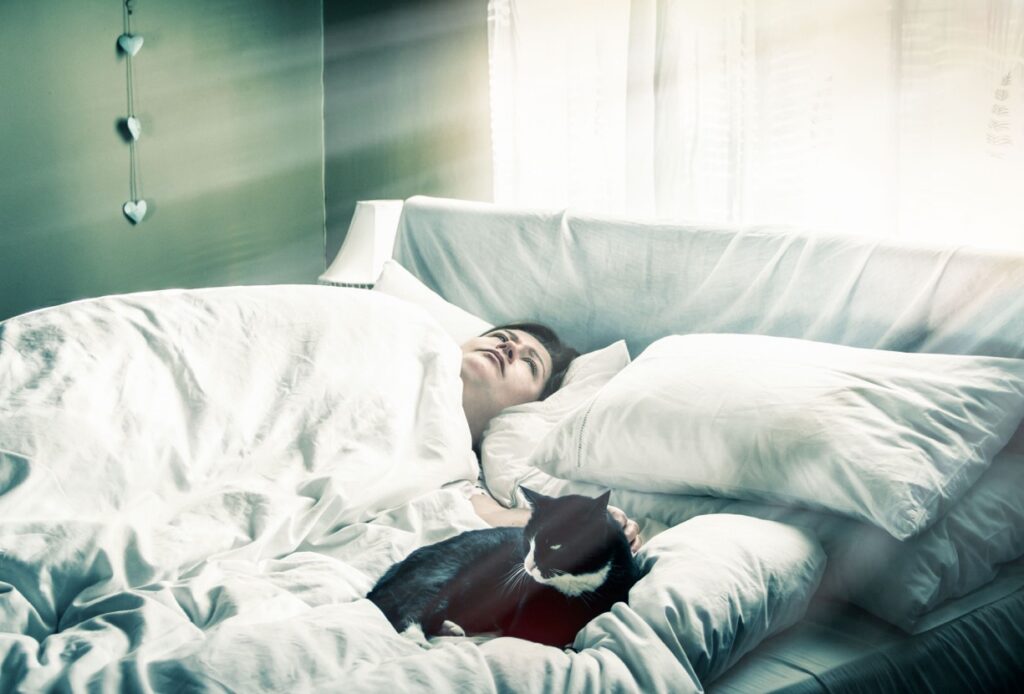
10. Do you use a casting director for your films? Are they personal connections? Do you always use South Africans or do you also rely on international talent?

It’s a combination of both. The role of a casting director is invaluable for me, BUT, I often write with specific actors in mind and also love to find hidden gems in the communities where we might shoot. South Africa has an incredible pool of actors and storytellers, but so does the rest of the world. I love collaboration, and would love to work more with international actors alongside some of our local ones. But it also depends on the story of course. I don’t limit myself to South Africa, it’s just how the first three have rolled out so far. At the end of the day, it is always about who is right for the film – within all the other elements of producing.
11. Are you a fan of particular genres of music? Did this inform your decision to work with the groups you use in your films?
I work with artists I admire in their personal capacities. As human beings and as artists, so it’s not about the music as much as it is about the musician. And when it comes to their music, it would be the themes of the songs that resonate with me. I LOVEEEEEE doing music videos, it’s like mini feature films. I love music and music is a massive part of my life. If I get stuck as a writer, I put music on, it always helps. The music and score are my favorite parts of the filmmaking process.
Indie and alternative are the music of my soul and every now and again, my yoga teachers playlists for when I need to calm myself the f–k down.
12. What prompted you to make the film “Angeliena”? Is the film based on a real story or personal experiences in South Africa?
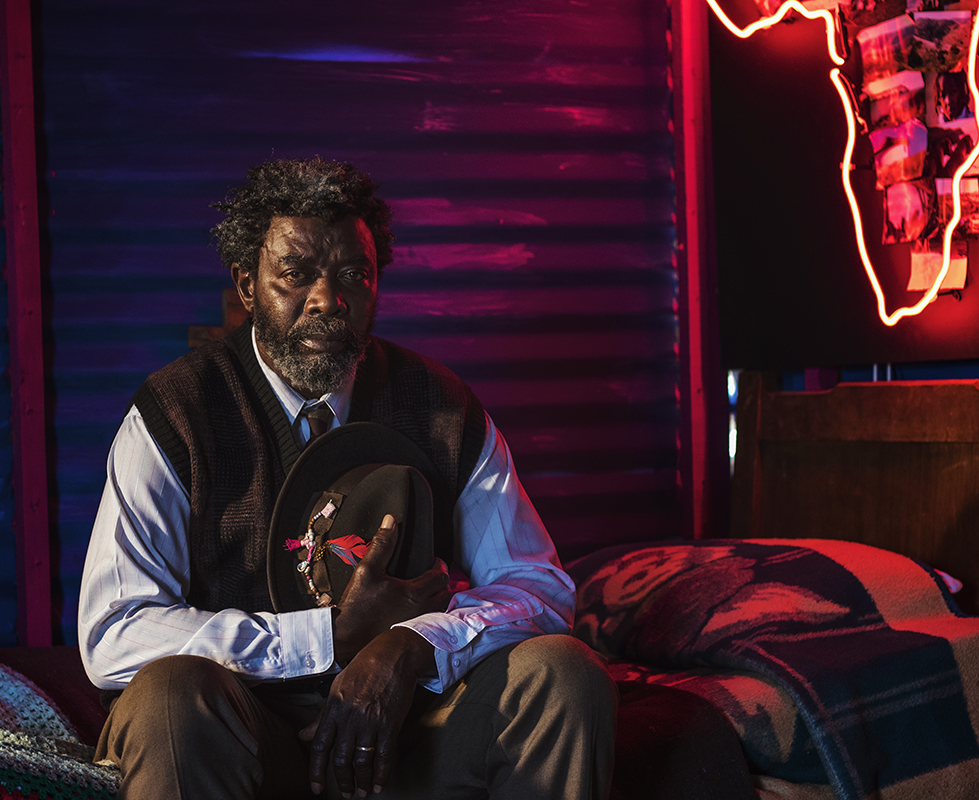
Angeliena was conceptualized out of an argument between two then lovers who did not get each other’s vocations – the creative versus the nine-to-five; but tried none the less. So, an article about an urban legend in the UK was presented to me. It was about a car guard who one day after 25 years of not missing a day’s work, just didn’t show up. How and where they found him became Angeliena’s big secret. I was told to write that so I said, “Ok, fine”. I combined that with how I grew up – with a single parent mother working in a local hospital, often taking her two daughters (my sister and I) with her during our school holidays. We got a taste of the hospital’s inner workings – the trials and tribulations and the people who worked inside and on the outside (our local car guard there). These were the blue prints for Angeliena and how it was drawn up. This is how the coloring in could begin. That was 2011.
On the outside the inspiration is from what we have gotten right as the Rainbow Nation since 1994. On the inside it’s about how self-love really is the greatest middle finger. It is about how we owe it to ourselves to love ourselves so fiercely that when others see you, they know how it should be done.
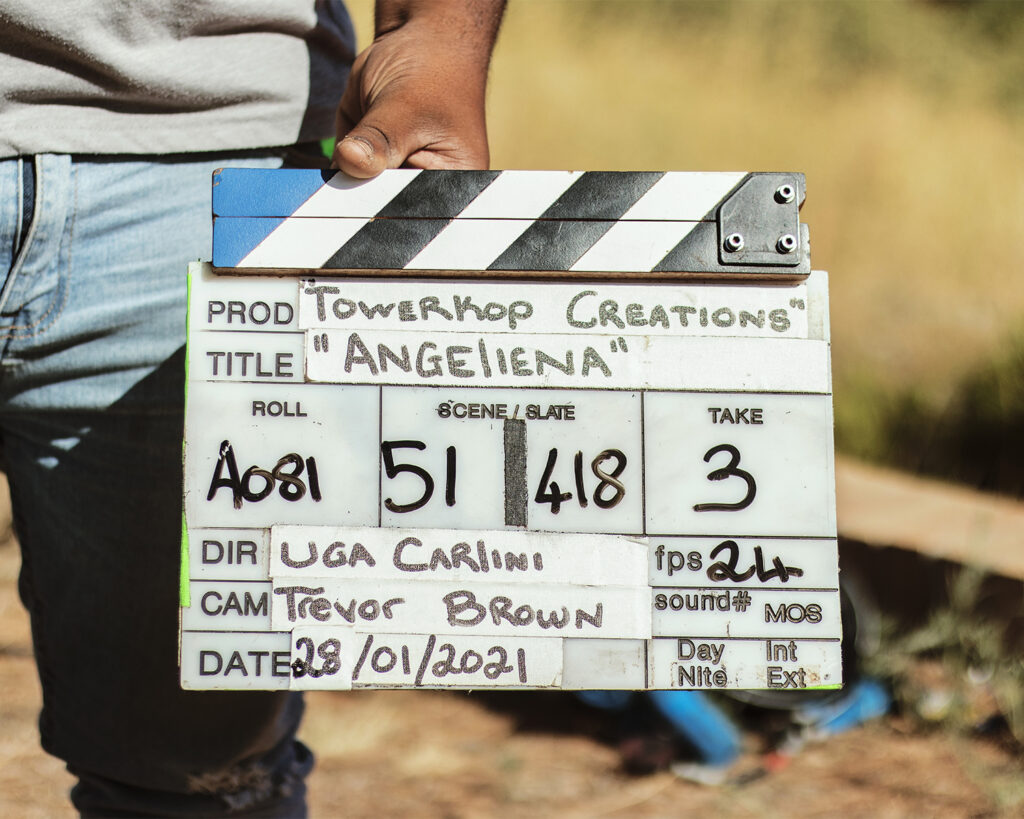
13. The film does not end with a “Hollywood ending” as some would hope (without giving away the plot). Have you had similar experiences with friends or family in your personal life?
It is a story about self-love and making money and terminal illness and racism and friendships and hardships and assholes and plants and beauty and loving Nelson Mandela and dreams and about being good enough. Finding the magic in the madness is what this film’s all about because it is a film about underdogs and I love a good underdog. There’s nothing more inspiring to me than an underdog or listening to how many times they have failed and how s–t it was and now here they are. The ‘here you are’ is not what heroes are made of, ‘how you got there’ is the stuff they are made of. It is about how you keep going to get there and about how it depends on your self-love. Self-love means being at peace with yourself. This is a lesson I myself have had to learn over time. I think most of us have to.
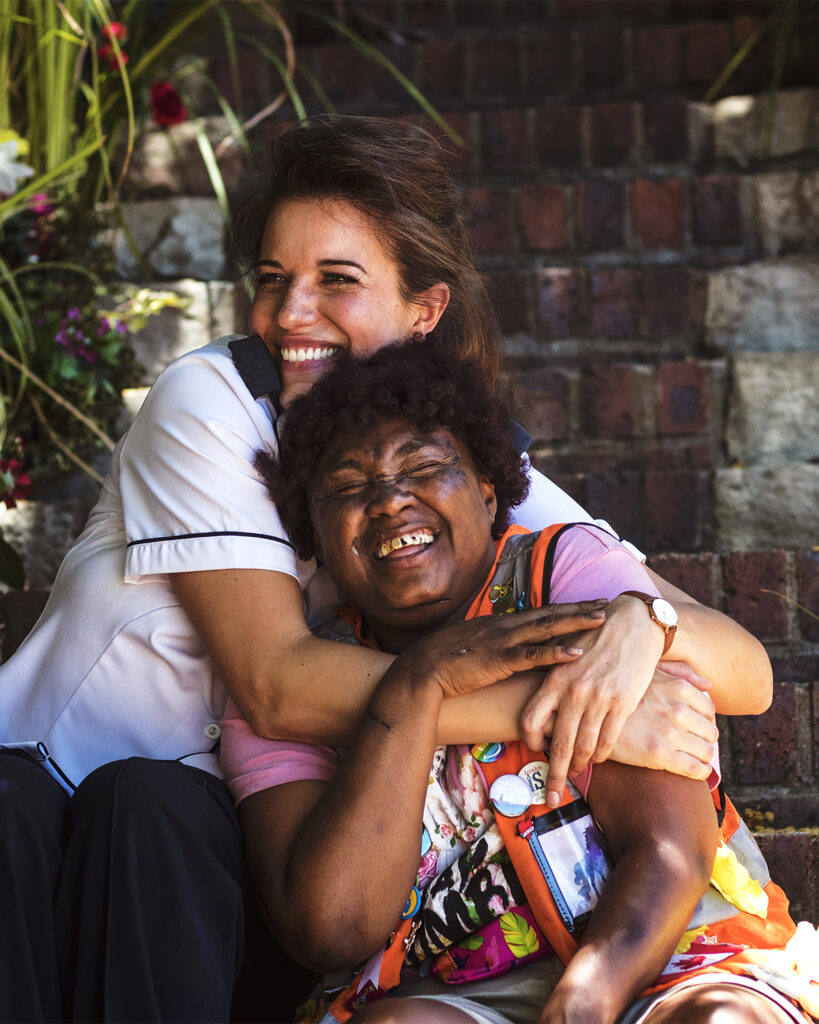
14. The main character, Angeliena is portrayed by Euodia Samson. She is a very talented actress and is well-known within the South African film community. Why did you choose Euodia for the role?
It was at my casting director friend’s birthday dinner when I was getting ready to go to market with Angeliena. And she mentioned Euodia to me. I looked her up on Facebook and it was just like with Christia for Alison – a no brainer. I had a drama studio 20 years prior to the dinner and I had a poster on the wall for one of my favorite theatre shows at the time called ‘Suip’. It is about life on the streets in Cape Town, which is part of Angeliena’s backstory. Guess who starred in the original cast of Suip? Euodia. ☺ Euodia and I spent many lunches and calls crafting Angeliena’s character so that it was authentic.

15. Roughly how old is the character Angeliena in the film?
She is in her fourties.
16. How did Euodia come to have scars on her face?
That was a team of makeup artists under the guidance of lead make-up artist Morag Steyn who designed the look. We won the award for Best Makeup at The African Movie Academy Awards (AMAA) in 2022. I wanted her to have the scars as a reminder of the tough life she had on the streets. But the scars are also a metaphor for the scars we all carry. Same storm, different boats right? Not everyone’s scars can be seen.

17. South Africans seem to be such optimistic people. Euodia for example likes to post videos on social media dancing and making cocktails. How do South Africans acquire this amazing optimism?
Angeliena’s Spirit lives in all of us. We all have our ‘Angeliena moments’ as South Africans. Her being unapologetically herself is refreshing and a reminder that that’s where true freedom lies. There is only one you. She leaves footprints for us to follow and try on for size. Her story can ripple through the psyche of the rest of the world. We can inspire others while we ourselves are inspired to change. That’s optimism. We have no choice but to be resilient and make plans more often than we do not. There often seems to be a hurdle to overcome – no matter who you might be. Same storm different boats and yet, I think you can just look at our beautiful, colorful and vibrant flag to understand that it’s Ubuntu (a South African quality including compassion and humanity). Rainbow is our flag’s favorite color. So, if you can’t beat it, dance it! How the hell else are you going to do it?
18. The film Angeliena is all about friendship – the characters in the film have beautiful and fulfilling relationships with each other. In Japan, it is difficult to be open with people and share one’s life with other people. What do you hope audiences will take away from watching Angeliena?
- If your dreams don’t scare you, they’re not big enough; friendship is more important than revenge.
- Never judge an Angeliena by her cover.
- Self-love is the greatest middle finger.
- Love yourself so fiercely, that when others see you, they know how it should be done.
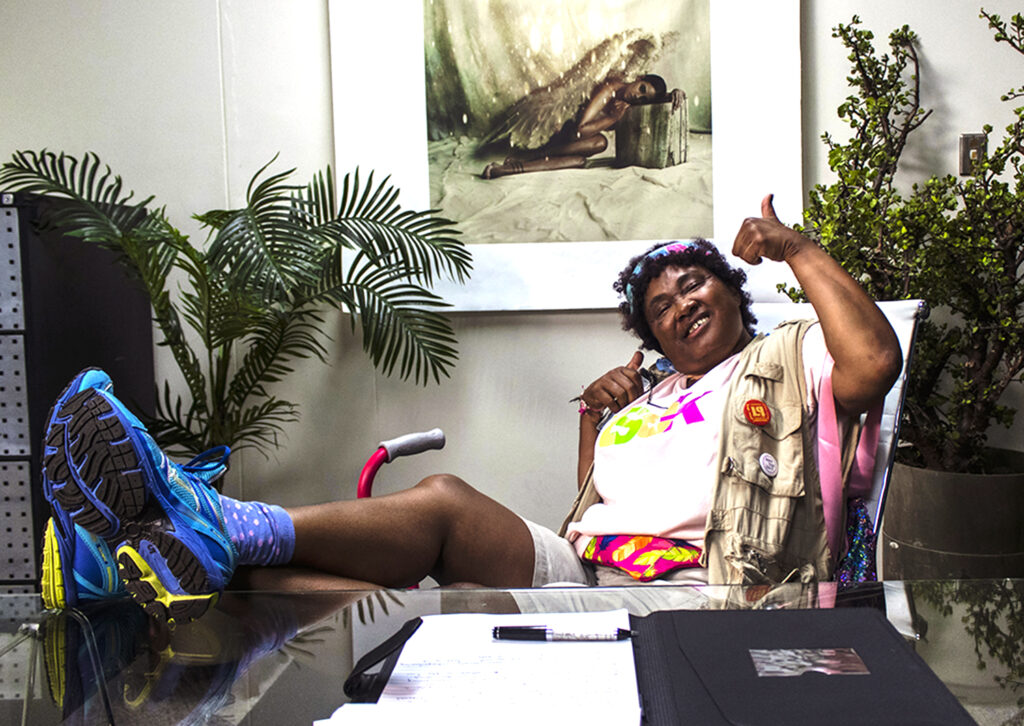
19. The music video “Beauty of Africa” was a wonderful collaboration produced concurrently and in conjunction with “Angeliena”. Can you tell us a little about the musician Refentse Morake? How did you learn about his music?
I was working with Sony on other music videos when Adolf Vorster asked me what I was working on. I mentioned ‘Angeliena’ and he told me about the song, ‘Beauty of Arica’ by Refentse that mentions ‘Angeliena’ by name. Refentse is one of Sony’s artists. That is where it all begun. I knew I was going to use that song and then, because I was working on other music videos for them, we decided to turn it into the movies theme song. We shot the music video during the filming of Angeliena. Because it was during Covid, availability always seemed to be aligned for us. Refentse is one of the sweetest, kindest humans i have worked with. And his voice matches his spirit. I loveeee that song and I love making music videos, so it was one grand adventure and experience.

20. Tell us more about your new film “Beyond the Light Barrier”. How did you learn about the story you portray in the film?

Beyond the Light Barrier is an alleged true story about a legendary, enlightened meteorologist who spent her days on earth tying to convince the world that her alien Starman and lover from an advanced human race existed and had the solutions to all our problems on earth. Science? Fiction? Or the greatest science-fiction love story of all time?
‘Not afraid this time?’ This is potentially a chilling question, not least when asked by an alien standing beside his hovering flying saucer. But this is how the world’s ‘most trusted’ UFO story started for a very smitten Elizabeth Klarer. But that’s not where it ends for me.
In 1975 she took the world’s first recognized UFO photos (with a box brownie). She also claimed to have traveled to a Utopian planet Meton, in the Alpha Centauri star system where she had a relationship with the scientist and ET Akon. Yes, “Akon” – like the rapper. On Meton Akon taught her about their technologies and our future here on earth. It would have been impossible for her to have known these things at that time. But that’s not all that happened on Meton. They also made mad love on his planet and she birthed him a son, Ayling, at the age of 47.
Back on earth, she was subsequently quizzed by the world’s leading experts who were astonished by her knowledge. Presentations to the UN and House of Lords followed. But then it was revealed that her source was an alien who took her to his planet in his spaceship. That realization ruined the story for many.
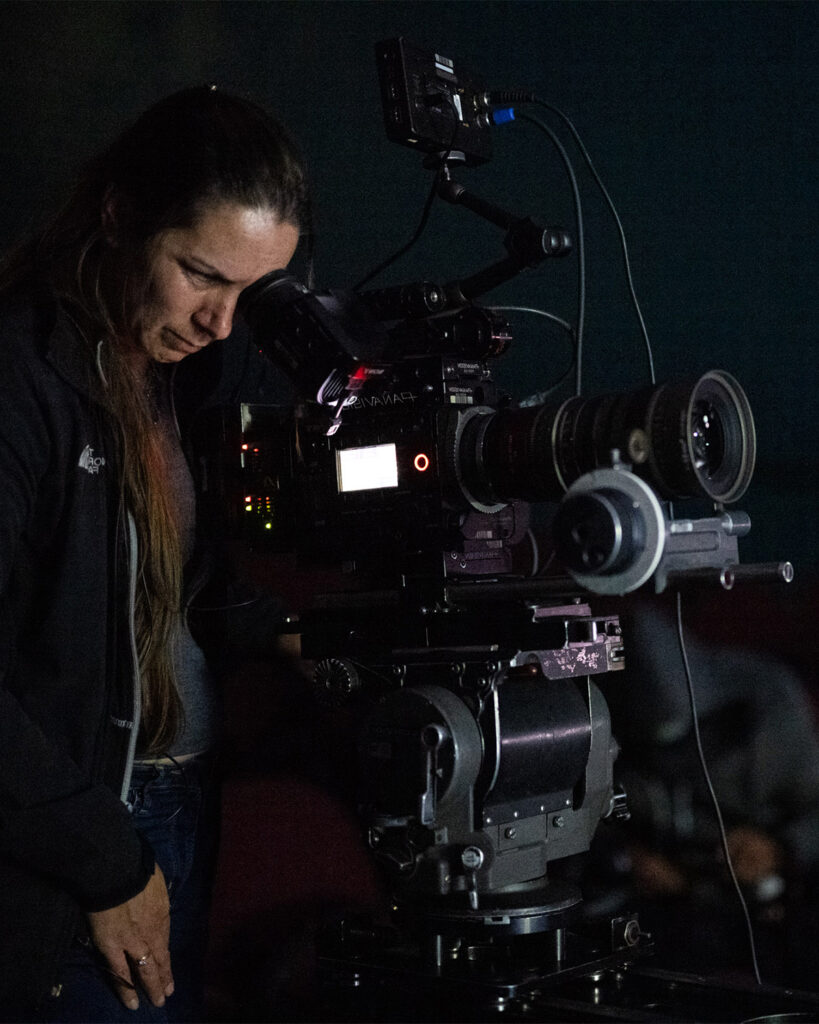
Adamant to prove that her lover and his perfect people, all blond and blue eyed existed, she wrote a non-fiction book titled, ‘Beyond the Light Barrier’ in 1980. The book eventually went out of print. In 2008 a new edition emerged with a bonus chapter by her son David – from a previous, Earth husband. Even though David had seen many UFO’s in his life, Akon’s spacecraft wasn’t one of them. He disputes his mother’s claims with a heavy heart. I also found that many paragraphs had been removed between the editions.
Elizabeth’s story has haunted me since my childhood days. Fast forward to 2010 when I tracked down her son David. Meeting him made me the ONLY filmmaker to secure an inside story and gain access to a treasure trove of archival evidence and interviews. This included footage of the only in-depth interview with Elizabeth herself.
Other highlights from the archive include items from Chernobyl, Project Blue Book stories (code name for the systematic study of unidentified flying objects by the United States Air Force) on South African soil, the ring Akon gave Elizabeth with an extraterrestrial stone, the account by the only police officer on record to have ever shot at a UFO and her unfinished manuscript with the actual scientific knowledge she learned on Meton.
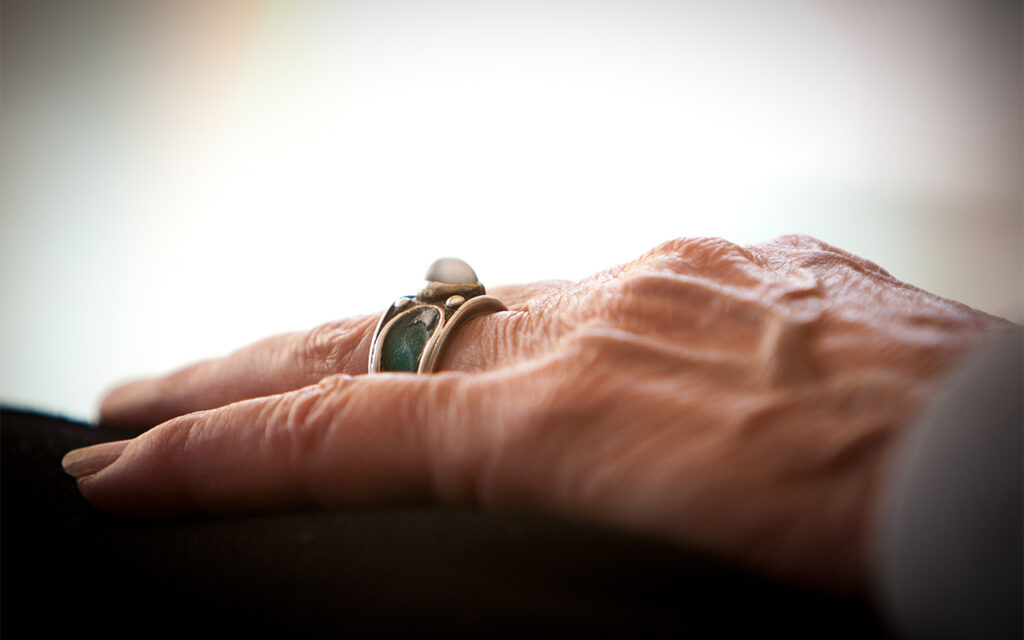
Dr. John Kani, a Black Panther who has contributed to bringing radical change to SA, is the story’s narrator. He shares his thoughts as he guides us through the story. Making this biographical film which we started in 2010 has led me to a major re-evaluation of her work and values.
21. Did you do any research into alien abductions before starting the film? Do you have any personal experiences with the phenomenon?
As I mentioned before, the film took 13 years to make and comes in at 86 minutes. There are hours and hours of interviews and footage that didn’t make the final cut, and many of these interviews include people’s first-hand experience with alien abductions and other phenomenons. I have heard a lot of stories, and seen footage and evidence of even more. But that’s not the focus of my film. It’s Elizabeth’s story, a biopic if you must, and there was no need to dilute it with other’s accounts. I feel there are enough movies and channels that focus on other material. And no, I don’t have personal experiences with alien abductions.

22. Your films focus on sensitive topics such as romance, love, rape and the relationships of women in the working world with their male colleagues and overseers. Can you tell me about how you maintain these personal visions while producing your films?
My company and I specialize in female driven heroine stories, that’s the focus. And within that, sensitive topics often come up as, let’s be honest, that’s what so many women need to deal with. It is a world where femicide is on the rise, despite so many efforts to counter it.
23. I know you participate in traditional film festivals. Can you tell us about the South African film community and some of the festivals that are hosted in the country?
South Africa is such a vibrant country with so much talent and diversity. Our festivals are a reflection of that. Big or small, these festivals are always inspiring and energizing. Highlights for me are Encounters South African International Documentary Festival (Encounters) which is the premier documentary film festival in Africa and one of the oldest film festivals on the continent. It remains one of only a few on the continent that is solely dedicated to the genre. And the Durban Film Mart, a pan-African finance and coproduction market which helps find and finance some of Africa’s greatest stories and filmmakers. This is an important step that comes before making the film that gets you to the festival, so I love that.
24. Tell us about some of your favorite films and how they have influenced your own film making.
Favorite films are mood dependent. It changes. Some days I need a certain film more than others. Film for me, has the ability to profoundly shape and inspire me. It’s what helped raise me growing up, through all those school holidays.
But certain films have deep rooted memories for me, all shaping and laying the foundations of filmmaking and the magical power a film that resonates can hold. It’s this experience and the film itself that has informed my ongoing education.
Standing in a long line to get tickets for ET. Only having to come back three times because it was sold out every time. This was in the days before cellphones and online booking systems. Third time Lucy though.
My mom allowing me to go watch Dirty Dancing, taking me and herself, even though I was 12 and the age restriction was 13. I thought at the time that I was so wild – such a rebel. Nobody puts baby in the corner, right? Certainly not a 12-year-old one!

Watching The Bodyguard in Rome with my Italian family and listening to Whitney Houston and Kevin Costner speaking in Italian (dubbed).
Puss in Boots in Pathé Tuschinski, one of Amsterdam’s oldest cinemas, with my sons and dear friend Conroy during January of this year.
Barbie in Vancouver where my daring friend from Drama school, who I haven’t seen in 20 years, took me. We got the last 2 tickets in one of Vancouver’s biggest cinemas!
And then the transformation, world travels, adventures to be had from my couch with some of the most amazing TV: Walking Dead, Yellow Jackets, Yellow Stone, The Maid, Mare of Easttown, Sweet Tooth, Lost, 24, Sex Education. The Handmaid’s Tale. Oh and Twin Peaks from my youth. Gosh Twin Peaks. Maybe an all and end all for so, so long. Bless David Lynch. Bless him so much.
I mean how long is your piece of string for film and TV. Mine is ongoing. ☺
Betty Blue. Three Colours: Blue / White / Red. Love Actually. The Shape of Water. The Big Blue. Top Gun Maverick and Schitts Creek….
25. What are you working on these days? Will we see more films released in the near future?
Oh the future is bright and full of fabulous females. So watch this space for announcements and clues at:
@ugacarlini & @towerkopcreations (Facebook & Instagram).

@angelienamovie – Facebook & Instagram
@alisonthemovie – Facebook & Instagram
@beyondhthelightbarriermovie – Facebook, Instagram, Tik-Tok
@btlbmovie –Twitter



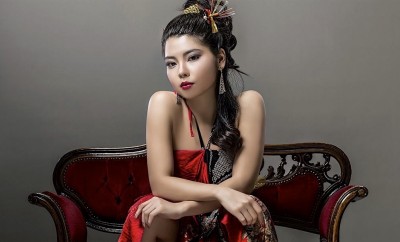

You must be logged in to post a comment Login